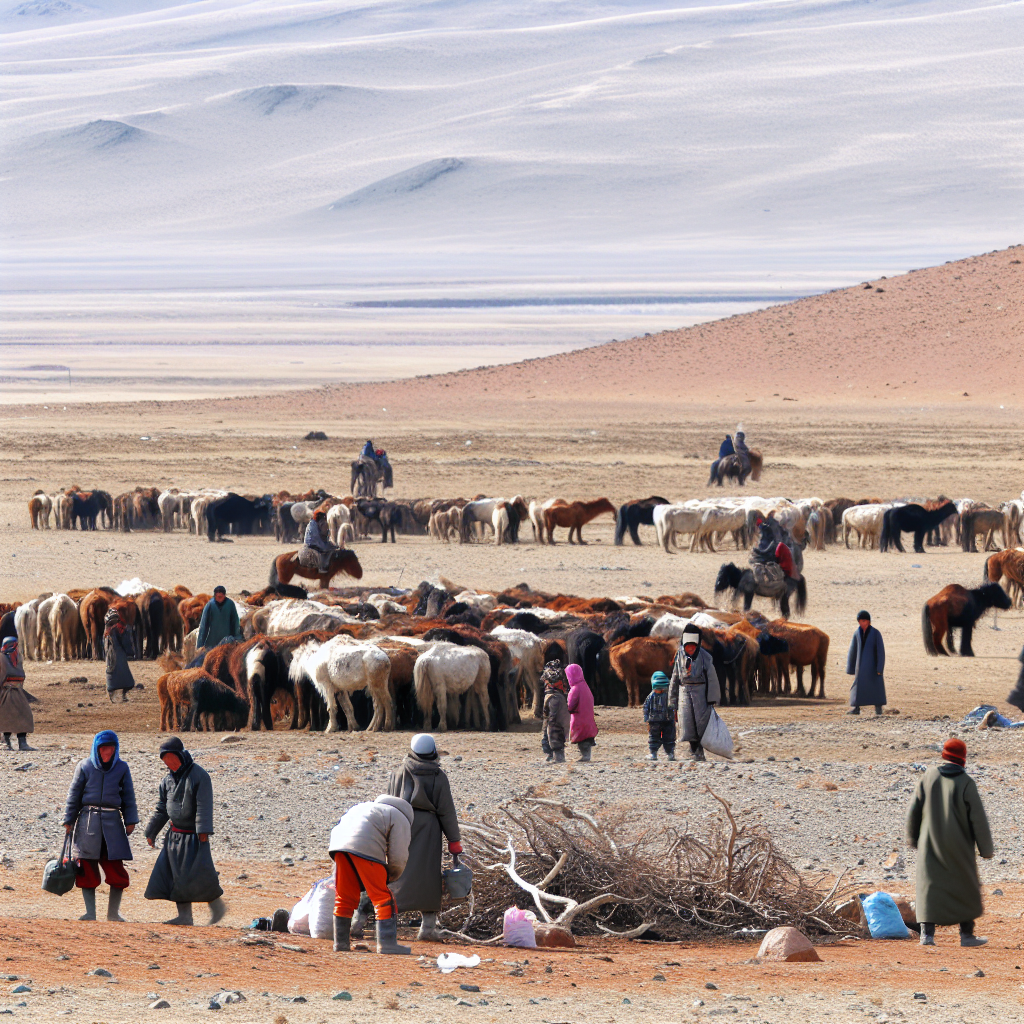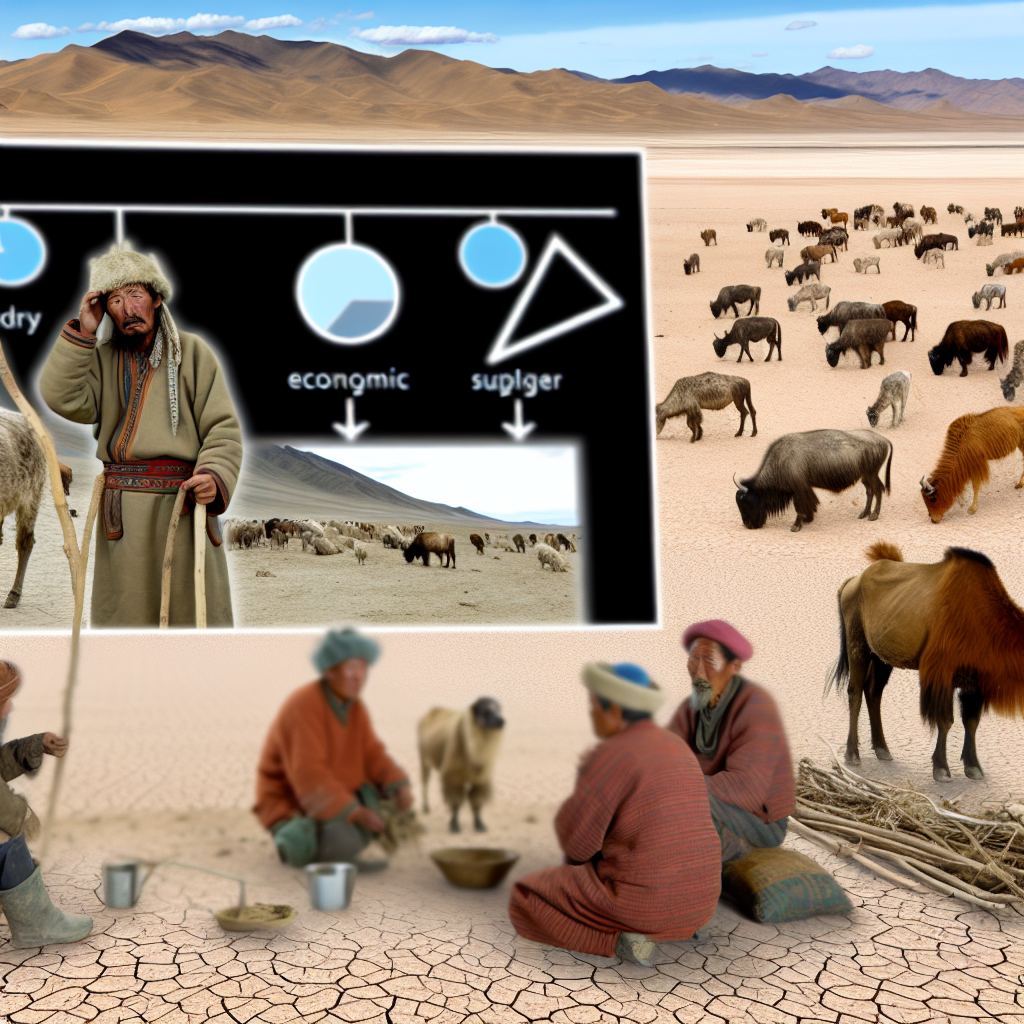Climate Change and Its Economic Impact on Mongolia’s Nomadic Herders

Mongolia, a vast landlocked country in East Asia, is home to a unique culture of nomadic herders who have thrived for centuries by moving their livestock across the expansive steppes. However, the effects of climate change are increasingly threatening this traditional way of life. As global temperatures rise and weather patterns become more erratic, the economic implications for Mongolia’s nomadic herders are profound and multifaceted.
The Changing Climate: An Overview
Climate change in Mongolia is characterized by rising temperatures, shifting precipitation patterns, and increased frequency of extreme weather events. According to the Mongolian National Agency for Meteorology and Environmental Monitoring, the average temperature in Mongolia has increased by 2.1 degrees Celsius since the 1940s, with projections suggesting a further rise of 2.5 to 3 degrees Celsius by 2050.
- Increased Drought: Drought conditions have become more common, leading to reduced pasture availability for livestock.
- Extreme Weather: Harsh winters, known as “dzuds,” have become more frequent, resulting in significant livestock losses.
- Changing Ecosystems: Altered vegetation patterns affect the quality and quantity of grazing land.
The Economic Impact on Nomadic Herders
The economic repercussions of climate change for nomadic herders are severe, affecting their livelihoods and the broader economy of Mongolia. The herding community relies heavily on livestock for income, food, and cultural identity. As climate conditions worsen, the following economic impacts are observed:
- Livestock Mortality: Harsh winters and droughts lead to increased mortality rates among livestock. In 2010, a severe dzud resulted in the loss of over 8 million animals, devastating herder incomes.
- Reduced Income: With fewer animals, herders face diminished income from livestock sales. The average income of herders has dropped significantly, with many families falling below the poverty line.
- Increased Costs: Herders are forced to invest more in feed and veterinary care during extreme weather events, straining their already limited financial resources.
Case Studies: Resilience and Adaptation
Despite the challenges posed by climate change, some nomadic herders are finding ways to adapt. Innovative practices and community initiatives are emerging as vital strategies for resilience:
- Diversification: Some herders are diversifying their income sources by engaging in eco-tourism or handicrafts, reducing their reliance solely on livestock.
- Community Cooperation: Herders are forming cooperatives to share resources, such as veterinary services and feed supplies, which can help mitigate the impacts of climate change.
- Traditional Knowledge: Many herders are utilizing traditional ecological knowledge to identify sustainable grazing practices and adapt to changing environmental conditions.
Government and International Response
The Mongolian government, along with international organizations, is recognizing the urgent need to address the impacts of climate change on nomadic herders. Initiatives include:
- Policy Development: The government is developing policies aimed at enhancing climate resilience among herding communities.
- Financial Support: Programs providing financial assistance and training for sustainable practices are being implemented.
- Research and Monitoring: Ongoing research into climate impacts and adaptive strategies is crucial for informed decision-making.
Conclusion
Climate change poses a significant threat to Mongolia’s nomadic herders, impacting their livelihoods and the economy at large. As temperatures rise and weather patterns become increasingly unpredictable, the traditional herding lifestyle faces unprecedented challenges. However, through adaptation strategies, community cooperation, and supportive policies, there is hope for resilience. Addressing the economic impacts of climate change on nomadic herders is not only vital for preserving their way of life but also for ensuring the sustainability of Mongolia’s rich cultural heritage and economic future.





